Before Surgery
Before ACL Surgery
-
Physical Therapy
-
Medication and Supplements
-
Other Care
-
Prepare for ACL Surgery
In an ACL reconstruction, a new ligament is built from a graft that is provided from either a donor or from the patient themself. Surgery is often performed four to six weeks after a torn ACL. This gives time for a preoperative exercise program to work on quadriceps activation and strength, full knee range of motion and swelling reduction. ACL surgery lasts about one and a half hours, and patients usually recover two hours after surgery before heading home.
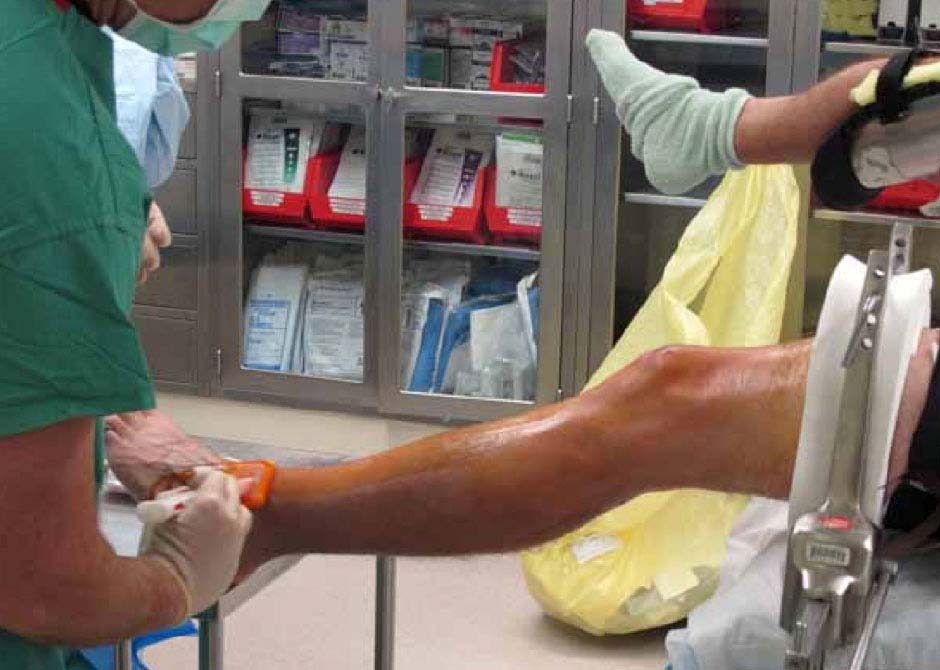
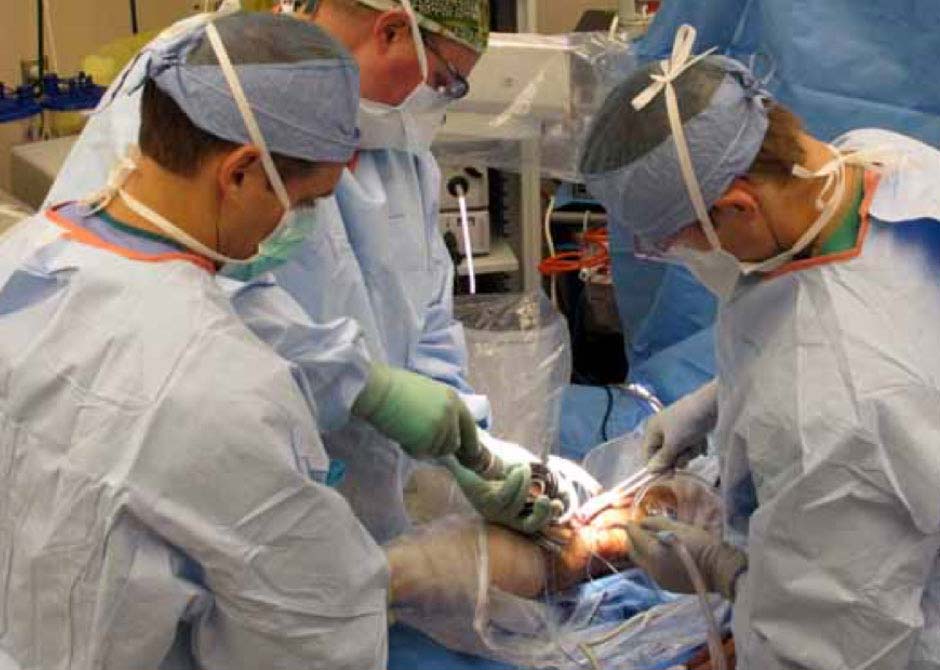
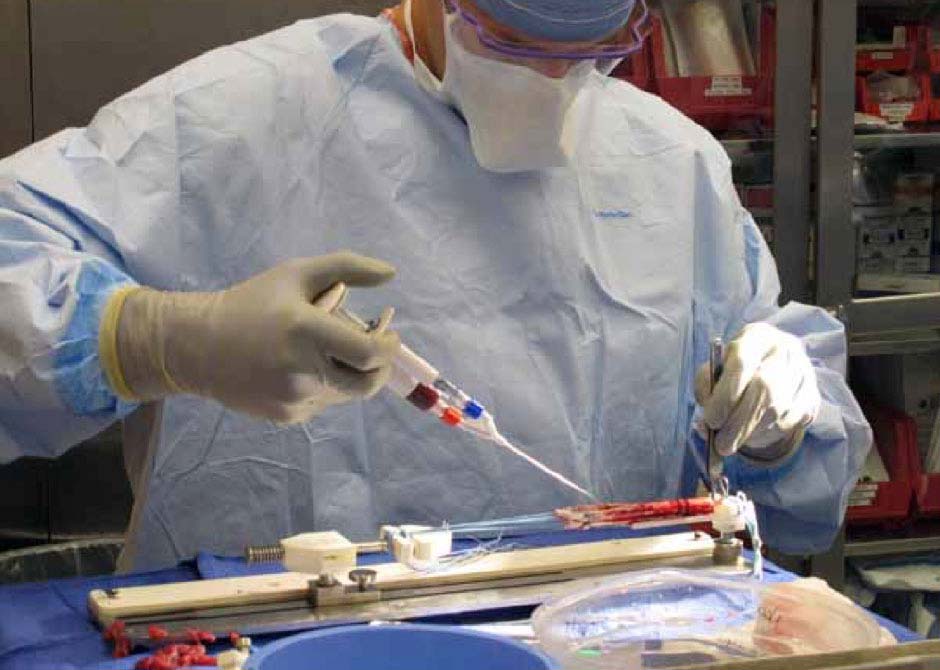
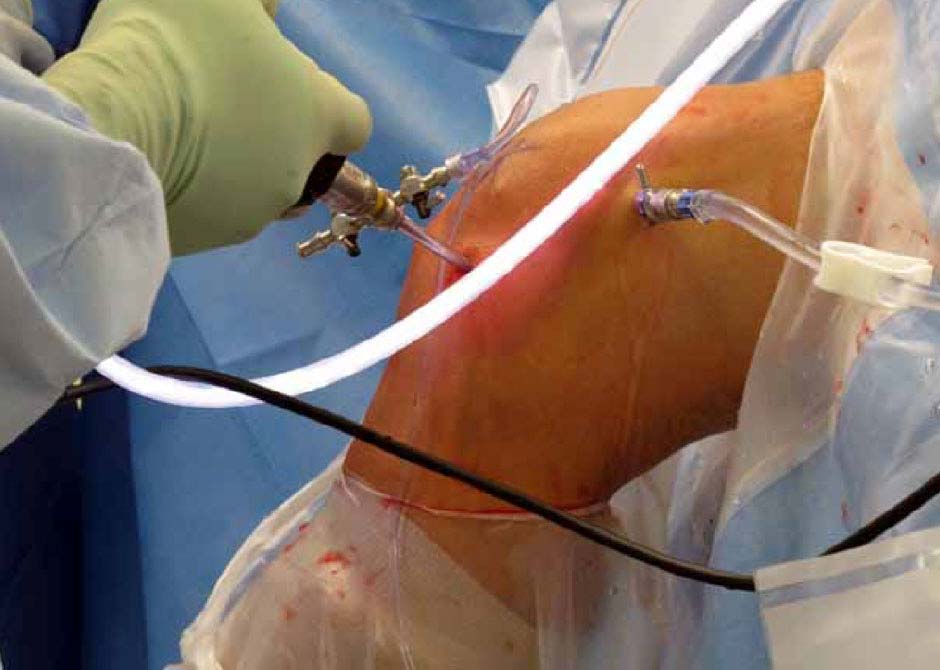
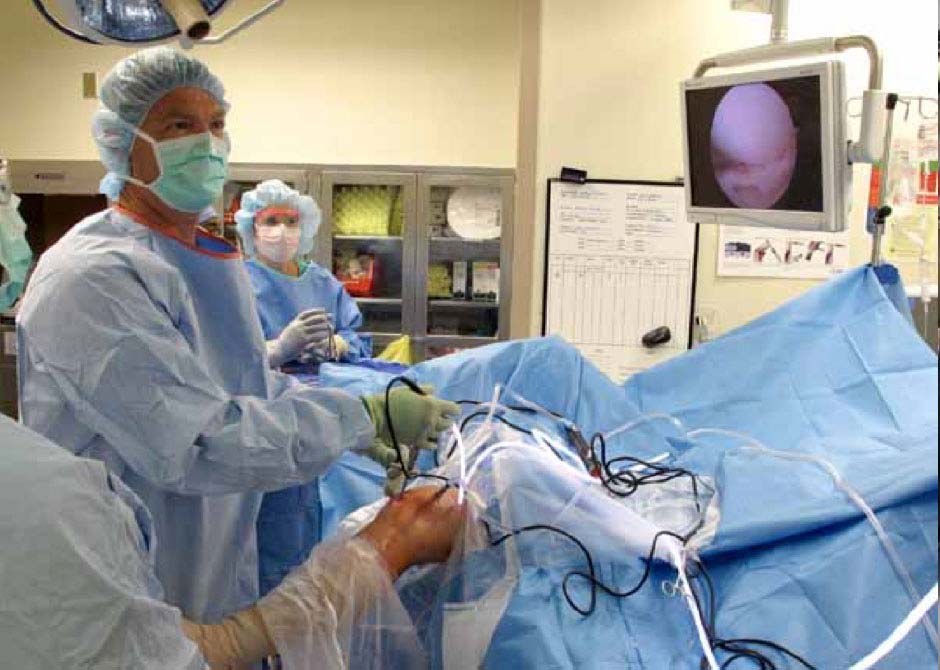
The surgeon will address any meniscus tears and other injuries and then turn his or her attention to the ACL reconstruction. The torn ACL stump is removed with a motorized shaver. The torn stump of the ACL is removed to allow room for the new graft. Using specific guides, two tunnels are created: one in the femur (thighbone) and the other in the tibia (shin bone). These tunnels are in the anatomic footprint of the old ACL. The bone marrow at the end of both bones provides nutrients and helps with healing of the new graft.
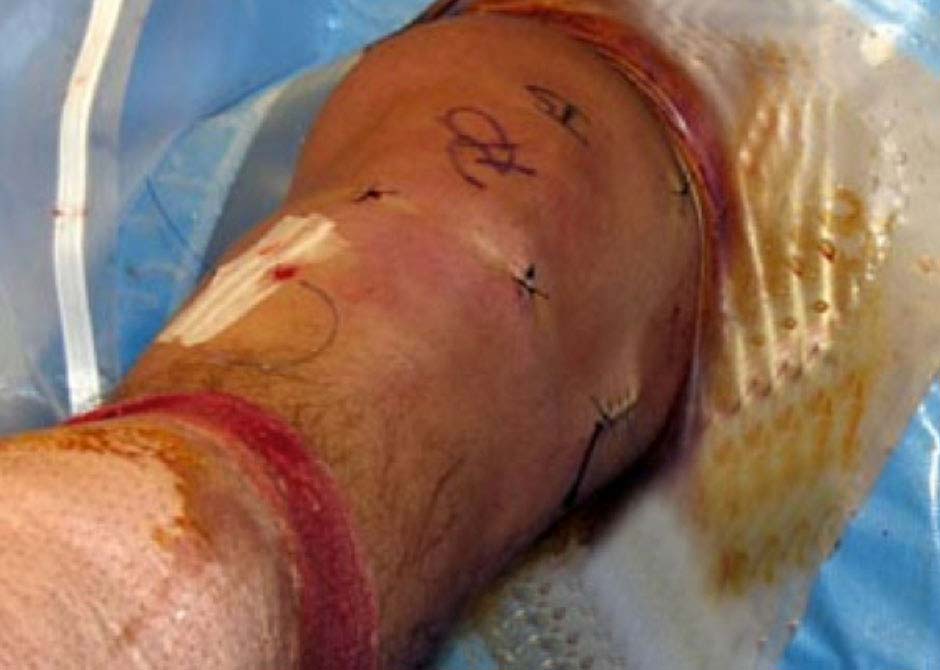
Once satisfactory bone tunnels have been created, the graft is passed through the femur and tibia tunnels and secured. The devices used to secure the graft can be a metallic button, bio-absorbable screw or other device. The surgeon then bends and straightens the knee several times to check for the correct amount of tension and graft placement and stability and to look for any impingement (pressure) on the graft. After final inspection, the instruments are removed from the knee and the incisions closed. A sterile dressing is applied with a compression wrap and a cold pack.
After surgery, you will be brought out of anesthesia and transported to the post-anesthesia care unit (PACU). Your family will be allowed back to the recovery room. The nurse will review instructions regarding weight bearing, activities and medications with you and the person driving you home. A physical therapist will meet with you regarding crutch training and home exercises. Once you have recovered enough and are stable, you will be discharged.
The effects of anesthesia may remain for 24 hours or longer. Do not drive, operate equipment or make important decisions during this time.
Ensure that you have follow-up physician and physical therapy appointments scheduled. Follow these instructions for your care at home: